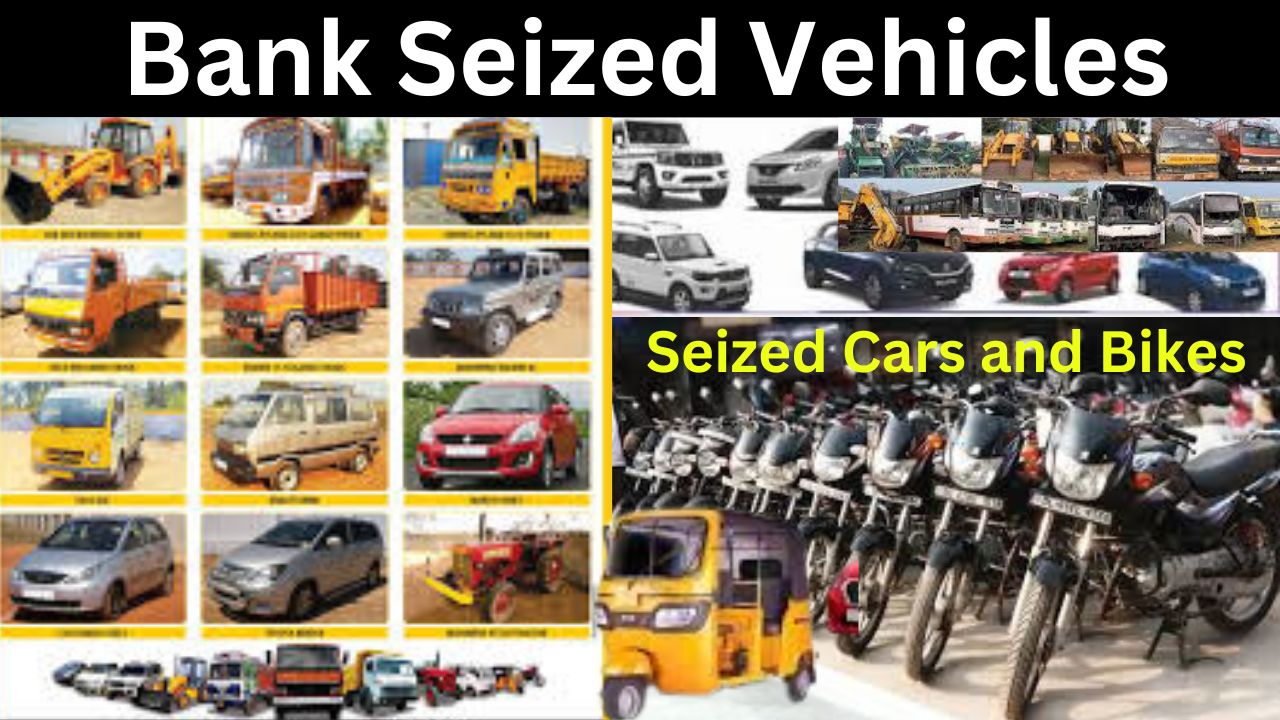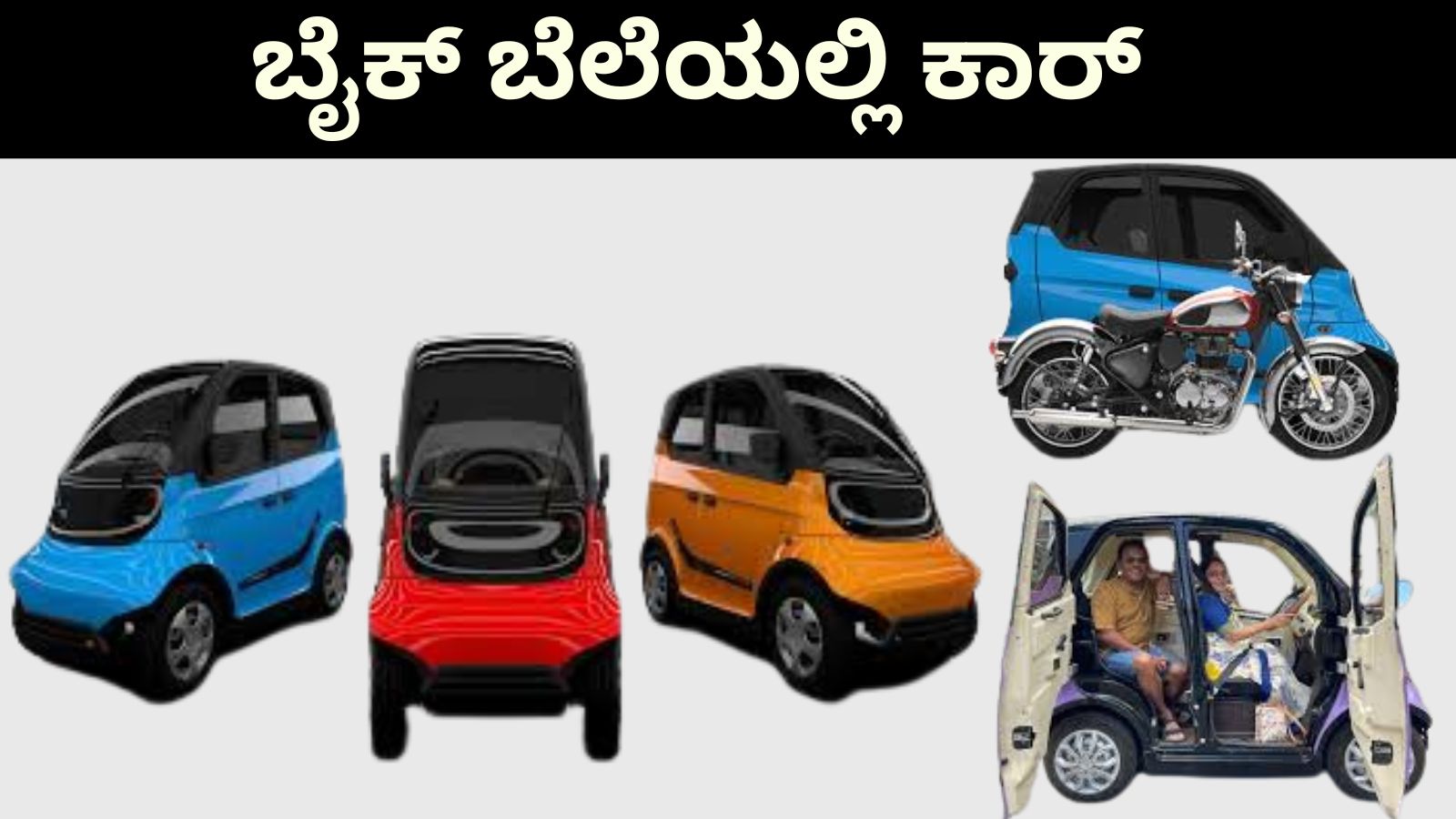Bank-seized vehicles, which include both cars and bikes, refer to vehicles repossessed by financial institutions when borrowers fail to meet their loan obligations. When someone takes out a loan to purchase a vehicle and defaults on the payments, the bank reclaims the vehicle as collateral to recover its losses. These seized vehicles, often sold through auctions or direct sales, can offer potential buyers the opportunity to purchase them at competitive prices. This guide delves into the process of bank repossession, the advantages and disadvantages of buying bank-seized cars and bikes, and tips for making an informed purchase.

Contents [hide]
Bank-Seized Vehicles
- What Are Bank-Seized Vehicles?
- Bank-seized vehicles include both cars and motorcycles that are repossessed when the borrower fails to pay the installments of their loan. Lenders, such as banks or credit unions, have the right to take possession of the vehicle as collateral when payments are missed.
- The lender then aims to sell the repossessed vehicle quickly to recover the unpaid loan balance, which is why such vehicles are often sold at discounted prices.
- How Are Vehicles Repossessed?
- Repossession typically occurs after a borrower misses multiple monthly payments, though the exact timeline can vary depending on the lender’s policies. The bank may send notices or warnings before initiating the repossession process.
- If the borrower fails to make the necessary payments, the bank sends a repossession agent to reclaim the vehicle. This can happen without prior notice to the borrower, depending on the loan agreement.
- Once repossessed, the vehicle is stored at a secure location until it is sold through an auction or a direct sale by the bank.
How Banks Sell Seized Cars and Bikes
- Auctions
- Banks often sell repossessed vehicles through auctions, which can be conducted either online or in person. These auctions are open to car dealers and, in some cases, to the general public.
- Auctions provide an opportunity for buyers to purchase cars or motorcycles at potentially lower prices than market value. However, they are competitive, and buyers need to be prepared for the fast-paced bidding process.
- Buyers can find a wide range of vehicles, from budget-friendly options to luxury models, making auctions appealing to different types of buyers.
- Direct Sales
- Some banks and credit unions opt to sell their repossessed vehicles directly to consumers. They may list the cars and bikes on their websites or advertise them at their physical branches.
- This method allows buyers to avoid the competitive atmosphere of auctions and purchase a vehicle at a set price. Banks may offer detailed information about the vehicle, including its condition, mileage, and history.
- Direct sales often provide a more transparent buying process, with less pressure to make quick decisions compared to auctions.
- Third-Party Repossession Companies
- Banks may partner with third-party agencies that specialize in repossessing and selling vehicles. These agencies handle the logistics of repossession and often host sales through their online platforms.
- Third-party companies may offer a larger inventory of repossessed cars and bikes, and buyers can browse a variety of models from different lenders.
Benefits of Buying Bank-Seized Cars and Bikes
- Lower Purchase Price
- One of the main advantages of buying bank-seized cars and bikes is the potential for lower prices. Banks are motivated to sell these vehicles quickly to recover their losses, often resulting in prices below market value.
- Buyers who are patient and do thorough research can find excellent deals on cars and motorcycles that might otherwise be out of their budget.
- Variety of Options
- Repossession auctions and listings from banks often feature a wide range of cars and motorcycles. This variety allows buyers to choose from different models, brands, and price ranges.
- For motorcycle enthusiasts, auctions may offer everything from standard commuter bikes to high-performance sports bikes at competitive prices.
- Potentially Transparent History
- Banks are generally more transparent than some private sellers about the history and legal status of a repossessed vehicle. They are required to provide clear titles and disclose any existing liens or outstanding issues.
- Buyers can also access vehicle history reports through services like Carfax or AutoCheck using the VIN (Vehicle Identification Number). These reports can provide insights into past accidents, ownership history, and previous maintenance records.
Risks of Buying Bank-Seized Cars and Bikes
- Limited Inspection Opportunities
- One of the most significant challenges of buying bank-seized vehicles is the limited opportunity to inspect the vehicle before purchase, especially at auctions. Buyers often have to rely on photos or brief descriptions.
- This limited access can lead to unexpected repair or maintenance costs if the car or motorcycle has hidden issues that were not apparent during the initial viewing.
- As-Is Sales
- Repossessed vehicles are typically sold “as-is,” meaning that the buyer assumes responsibility for any repairs or issues after the purchase. This lack of warranty can be a disadvantage if the vehicle requires significant repairs.
- Buyers should be prepared for the possibility of needing to invest in maintenance or repair work soon after purchasing a bank-seized vehicle.
- Potential for Hidden Issues
- Some repossessed vehicles may have been poorly maintained by their previous owners due to financial difficulties. Regular maintenance like oil changes, tire rotations, or brake checks may have been neglected, leading to underlying mechanical problems.
- Although vehicle history reports can provide some insights, they do not always capture the complete condition of the car or bike, making thorough research and caution essential.
Tips for Buying Bank-Seized Cars and Bikes
- Research Market Prices
- Before attending an auction or considering a direct purchase, research the current market value of the car or motorcycle model you are interested in. Websites like Kelley Blue Book, NADA, and Edmunds can provide pricing benchmarks.
- Knowing the market value will help you recognize a good deal when you see it and avoid overpaying, especially in competitive auction settings.
- Inspect the Vehicle Thoroughly
- Whenever possible, inspect the vehicle before making a purchase. If the auction offers preview days, take advantage of this opportunity to check the car or bike’s condition.
- Bring along a trusted mechanic to assess the mechanical aspects of the vehicle. This step can save you from unexpected repair costs and ensure that the vehicle is in good working condition.
- Check Vehicle History Reports
- Obtain a vehicle history report using the VIN of the car or bike. These reports can provide valuable information, such as accident history, title status, and previous maintenance records.
- A clean report does not guarantee a perfect vehicle, but it can help you avoid vehicles with a history of major damage or salvage titles.
- Set a Budget and Stick to It
- Determine your budget before attending an auction or visiting a bank’s sales platform. Keep in mind that repossessed vehicles are sold as-is, so it’s wise to allocate funds for any immediate repairs or maintenance.
- Having a clear budget will prevent you from getting caught up in the excitement of bidding and spending more than you can afford.
- Understand Auction Rules and Fees
- If you decide to participate in an auction, familiarize yourself with the rules, fees, and bidding process. Many auctions charge a buyer’s premium, which is a fee added to the final bid price.
- Understanding these details will help you plan your bid strategy and avoid unexpected costs.
Purchasing bank-seized cars and bikes can be an excellent way to secure a vehicle at a lower price. However, it requires careful research, preparation, and understanding of the risks involved. Whether you choose to buy through an auction or a direct sale, it’s essential to inspect the vehicle, obtain a history report, and set a realistic budget. By doing so, buyers can find a vehicle that fits their needs and budget while making a smart and informed investment. Bank-seized vehicles offer an opportunity for savings, but due diligence is crucial to ensure a successful purchase.











